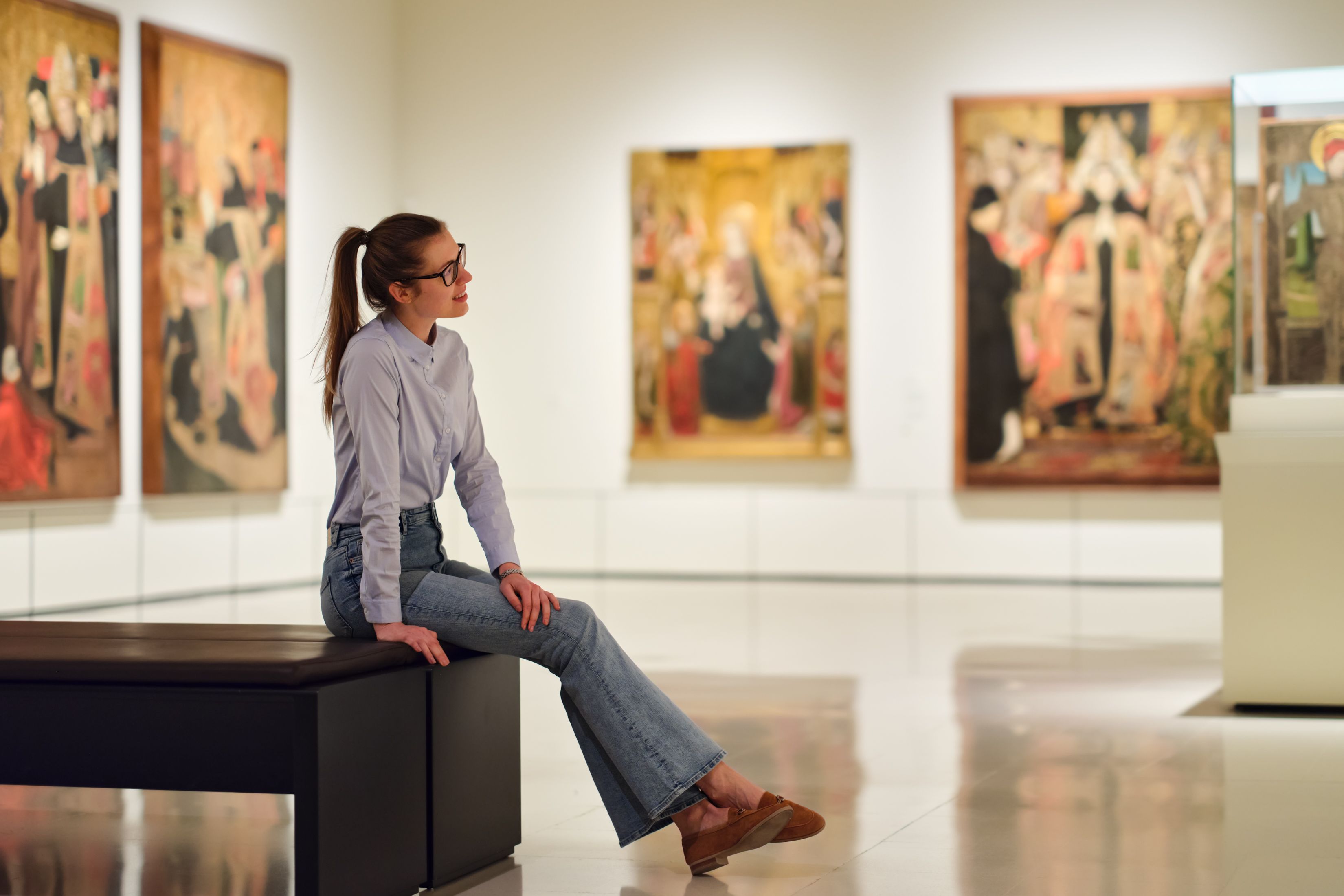Connecting Art through Blockchain: The Met's Innovative Game
Exploring the Intersection of Art and Technology
In today’s rapidly evolving digital landscape, the integration of technology into traditional fields is transforming how we experience and interact with art. The Metropolitan Museum of Art, often referred to as The Met, is at the forefront of this transformation by introducing blockchain technology to connect and preserve global art. This innovative approach not only enhances the accessibility of art but also ensures its authenticity and provenance.
The concept of linking art with blockchain might seem unconventional, yet it holds the potential to revolutionize the art industry by providing a secure and transparent platform for artists, collectors, and enthusiasts. Through blockchain, The Met aims to safeguard artistic integrity while opening new avenues for engagement.

The Role of Blockchain in Art Preservation
Blockchain technology is renowned for its ability to provide a decentralized and immutable ledger. When applied to art, it guarantees that the provenance of an artwork is traceable and verifiable. This digital ledger records every transaction and change of ownership, making it nearly impossible to forge or alter historical records of an artwork.
This feature is especially crucial in the art world, where provenance is key to an artwork’s value. By embedding this technology into their operations, The Met is ensuring that the artworks in its collection maintain their authenticity while also allowing for transparent tracking. This transformation in preservation methods not only benefits institutions but also individual artists who seek to protect their creations.
Enhancing Global Art Access
One of the most significant advantages of integrating blockchain with art is the democratization of access. The traditional art world has often been criticized for its exclusivity; however, blockchain can bridge this gap by making art more accessible to a global audience. Through digital certificates and tokens, individuals from all corners of the world can own a piece of art history.
The Met’s innovative use of blockchain enables them to create digital twins of their physical artworks. These digital representations can be shared and experienced by a wider audience without compromising the original piece. This not only broadens the reach of art but also provides educational opportunities for those who might not have the means to visit physical museums.
Challenges and Opportunities
While the integration of blockchain presents numerous benefits, it is not without its challenges. The primary concerns revolve around the technical complexity and the energy consumption associated with blockchain networks. However, advancements in technology are gradually addressing these issues, making blockchain more sustainable and user-friendly.
The opportunities, on the other hand, are vast. By adopting this technology, The Met can engage younger, tech-savvy audiences who are keen on digital experiences. Additionally, it opens up possibilities for collaborations between tech companies and art institutions, fostering a new era of innovation in the cultural sector.
The Future of Art in a Digital World
The Met’s venture into blockchain is a testament to the power of innovation in preserving cultural heritage. As more museums and galleries explore this path, we can expect a future where art is not only safeguarded but also more inclusive and interactive.
This shift towards a digital-first approach signifies a broader transformation in how we perceive and interact with art. Blockchain offers a glimpse into a future where art is not restricted by physical barriers but is instead enriched by technological advancements that enhance its accessibility and preservation.

